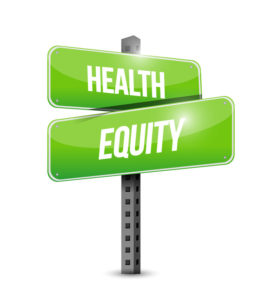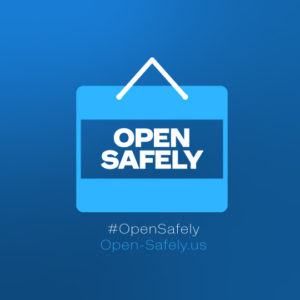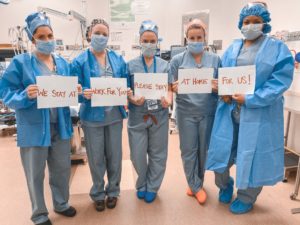Virtual learning opportunities have increased significantly in the past few months as healthcare leaders are eager to learn from the experiences of others or share their own lessons during this pandemic. There are far more webinars, live sessions, and interviews than I have seen in the past. Most of these sessions are recorded so you can listen or watch when you have time. The trick is to register – if you end up not being able to join at the scheduled time at least you will be sent the archive link. And of course there are always podcasts – so many good ones as I have recommended in previous posts.
are far more webinars, live sessions, and interviews than I have seen in the past. Most of these sessions are recorded so you can listen or watch when you have time. The trick is to register – if you end up not being able to join at the scheduled time at least you will be sent the archive link. And of course there are always podcasts – so many good ones as I have recommended in previous posts.
This week, there is yet another virtual learning opportunity that I am excited about joining – the HealthIMPACT Live’s Summer Forum. I have participated in their previous in-person forums and found them to be very thought-provoking programs with top-notch speakers on relevant topics. With limited attendance, there is always plenty of opportunity for dialogue. The forum organizers have pivoted and are promising a great virtual experience. The topics are very timely and divided into four parts over two afternoons:
Part I: Your People – Healthcare Workforce Reimagined – From Crisis Management to System-Wide Transformation
Part II: Your Processes – Sustaining Gains in Telemedicine and Virtual Care Delivery- Building on Successes and Lessons Learned Connecting Patients and Providers in Response to COVID-19 Continue reading








